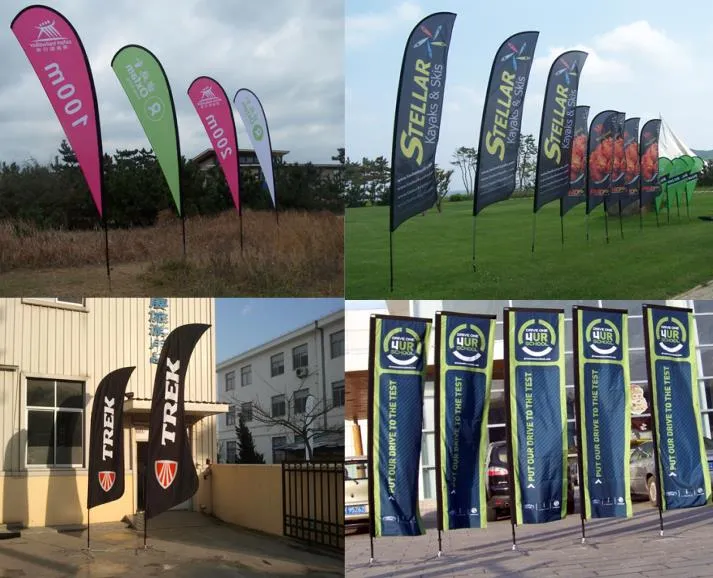Flags That Speak: From Heritage Symbols to Modern Brand Ambassadors

For centuries, flags have served as powerful symbols of identity, heritage, and solidarity. From the banners carried into battle to the flags unfurled at major sporting events, these pieces of fabric have the unique ability to capture attention and convey powerful messages. As such, choosing the right type of flag and displaying it properly can have a significant impact, whether you're promoting a business, honoring a nation, or celebrating a personal milestone.
Types of Flags and Banners
Flags come in various styles and serve multiple purposes. Understanding the differences can help you choose the right one for your needs. Each type of flag offers unique advantages and can be specifically tailored to suit distinct occasions or purposes.
Teardrop Flags
Teardrop flags are named after their unique shape, resembling a teardrop. They are popular for advertising and promotional purposes. Their design allows them to withstand windy conditions better than traditional rectangular flags, making them a great choice for outdoor events. The aerodynamic shape ensures that the flag remains taut, providing a clear display of graphics or text.
Additionally, teardrop flags are incredibly versatile and can be used in a variety of settings, from trade shows and outdoor festivals to retail storefronts. Their compact and portable design makes them easy to transport and set up, offering convenience for businesses or individuals who frequently change locations. With the option to customize graphics, teardrop flags are an excellent tool for brand visibility and awareness.


Feather Flags
Feather flags, also known as feather banners, are long and narrow, resembling a feather. They are often used for advertising sales, new products, or events. Their tall, slender design makes them visible from a distance, which is perfect for grabbing attention. The continuous movement of the flag in the breeze adds a dynamic element to any display, enhancing its visual appeal.
The versatility of feather flags lies in their ability to be used both indoors and outdoors. They are perfect for lining walkways, highlighting entrances, or accentuating trade show booths. The variety of sizes and bases available for feather flags means they can be adapted to different environments and display needs. Customizable with vibrant colors and striking designs, feather flags are an effective way to communicate messages and capture the interest of passersby.

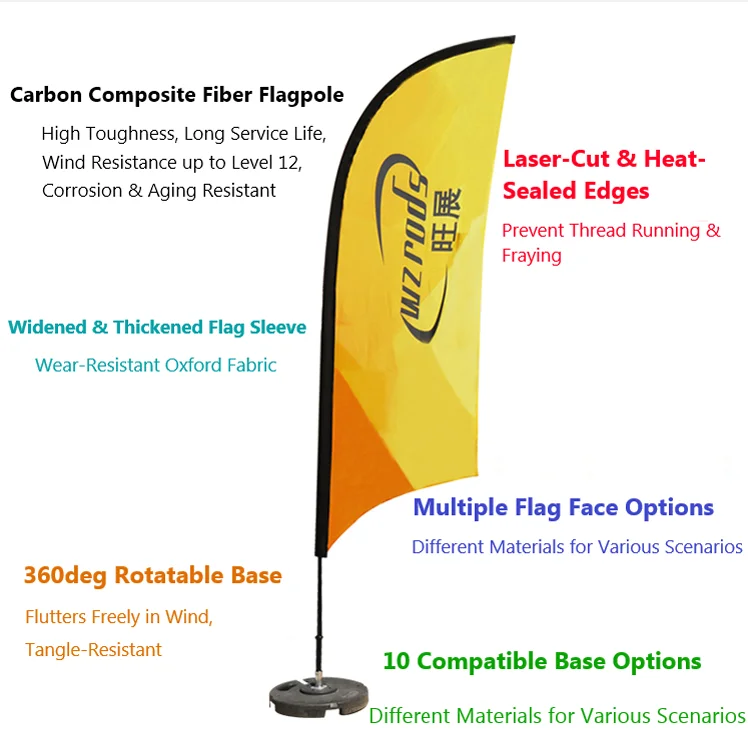
Traditional Rectangular Flags
These are the standard flags we often see, rectangular in shape and typically used to represent nations, states, or organizations. They are versatile and can be displayed in many ways. Whether hoisted on a flagpole or hung as a backdrop, traditional flags are timeless symbols of identity and pride.
Their classic design allows them to be used in various settings, from official government buildings to private residences. Traditional flags are often used during national holidays, ceremonies, and commemorative events. Due to their symbolic significance, they are usually treated with a high degree of respect and care, ensuring they remain pristine representations of the values and heritage they embody.
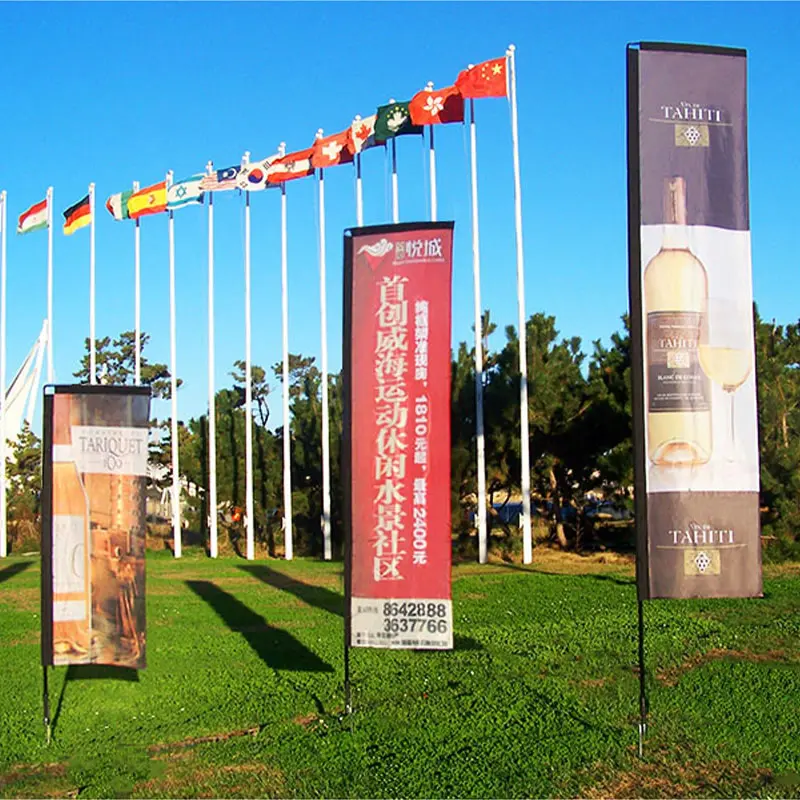
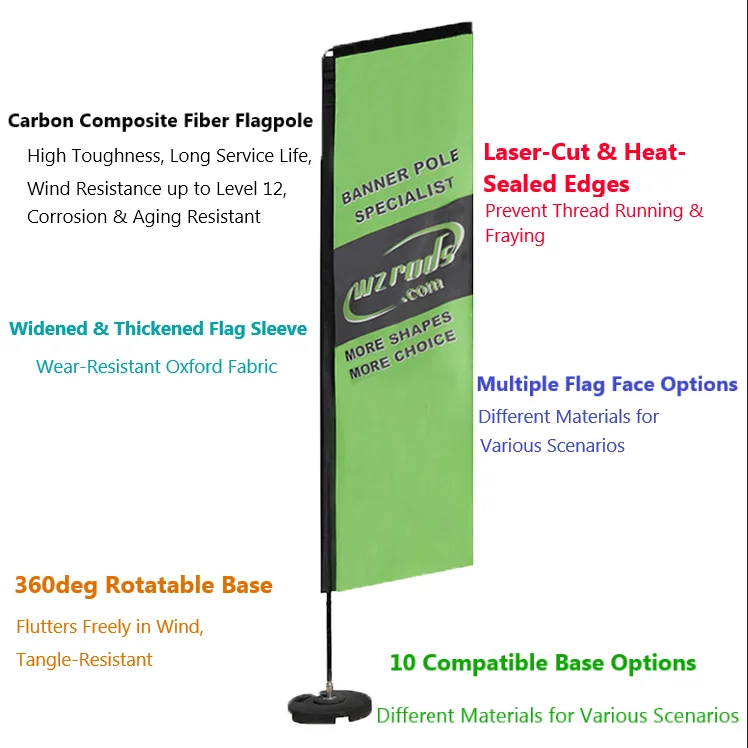
Custom Flags
Custom flags can be designed to meet specific needs, whether for a business logo, a family crest, or a unique design for an event. They offer a personalized touch and can be made in various shapes and sizes. The ability to tailor a flag's design allows for creativity and innovation, making it possible to create a truly unique and memorable display.
Custom flags are ideal for businesses looking to enhance brand visibility or for individuals wishing to celebrate a special occasion. With advancements in printing technology, custom flags can feature intricate designs, vibrant colors, and detailed imagery. This versatility ensures that custom flags can effectively communicate a wide range of messages, from corporate branding to personal celebrations.
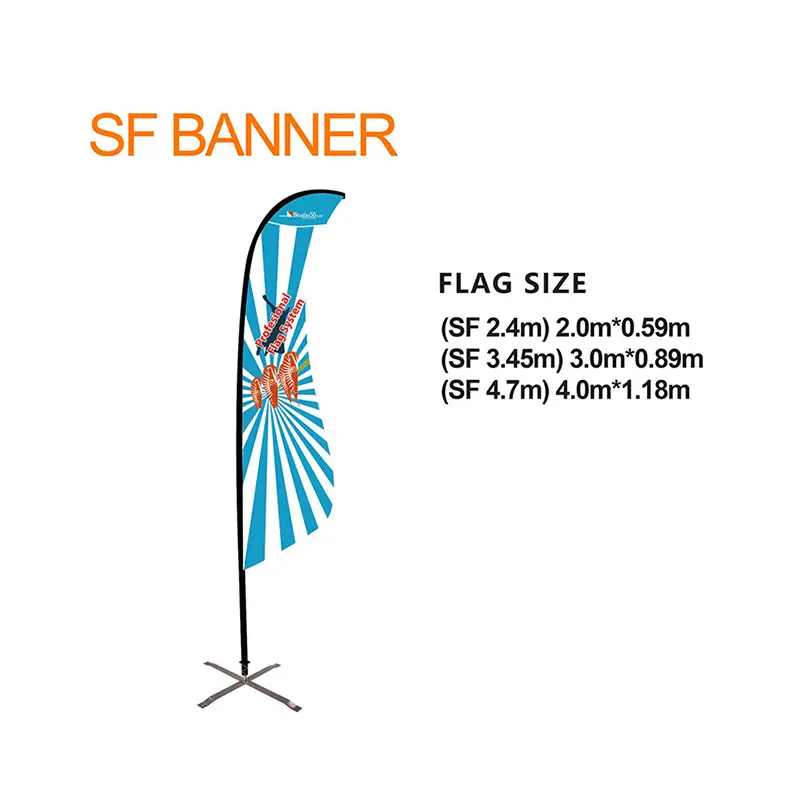
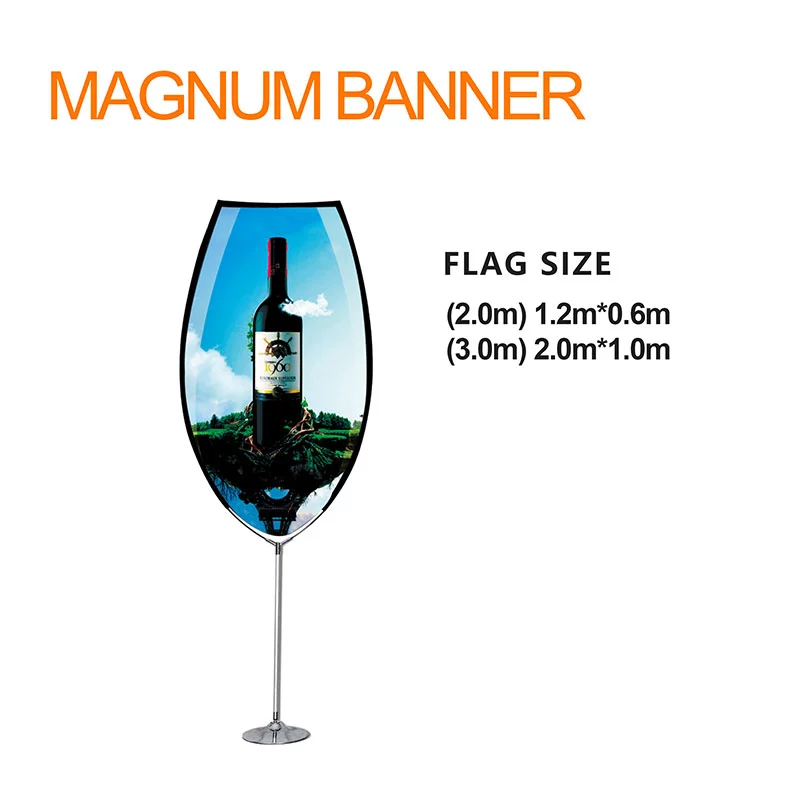
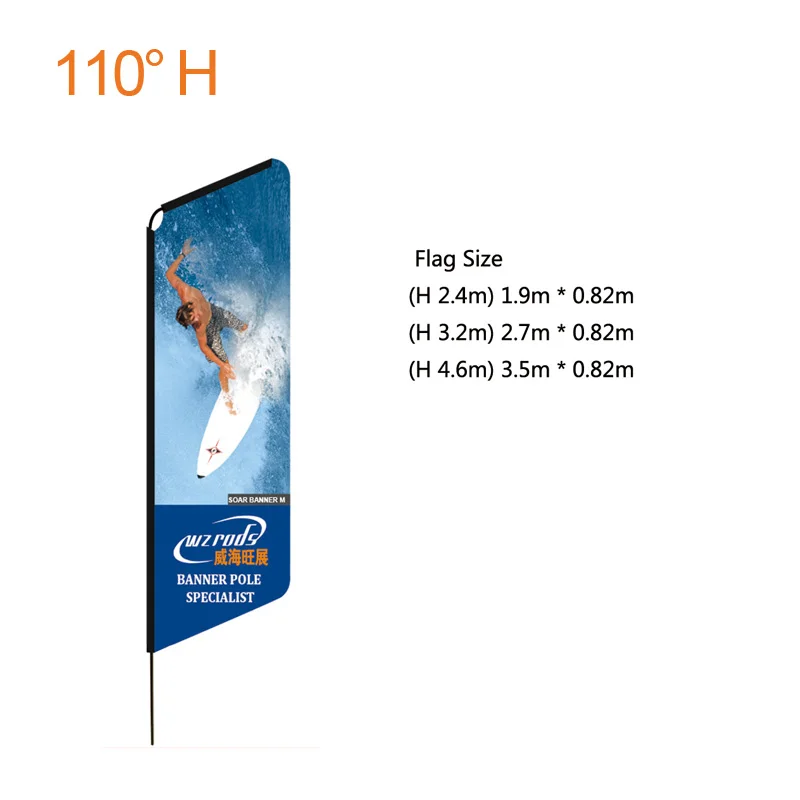

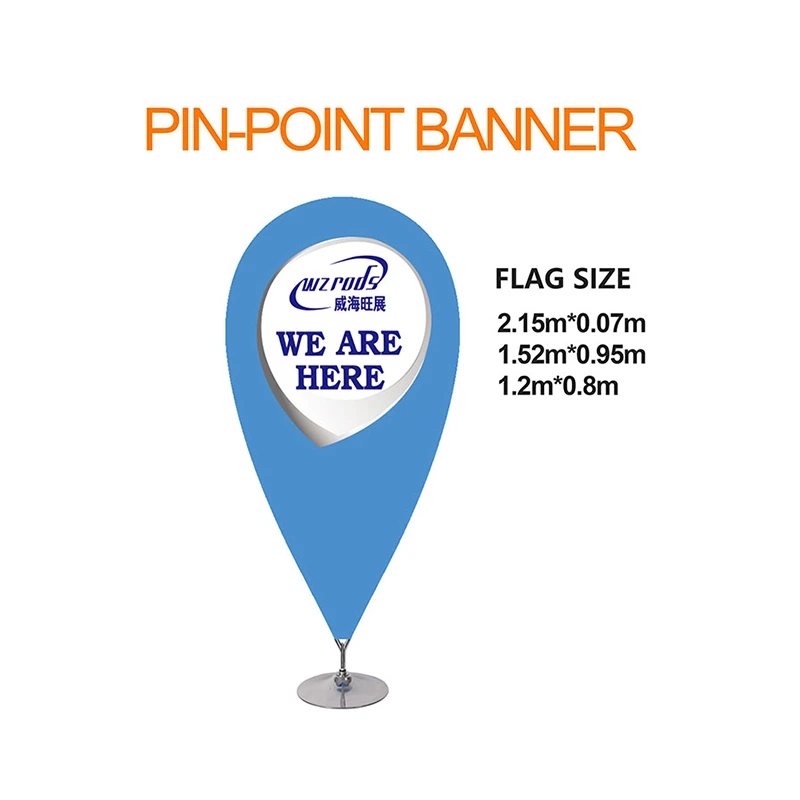
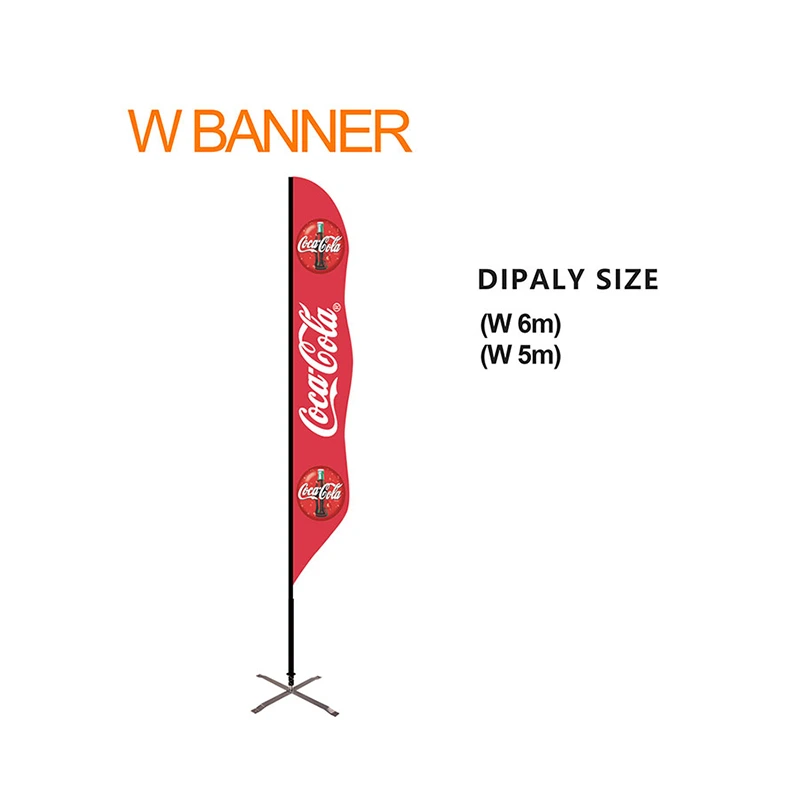
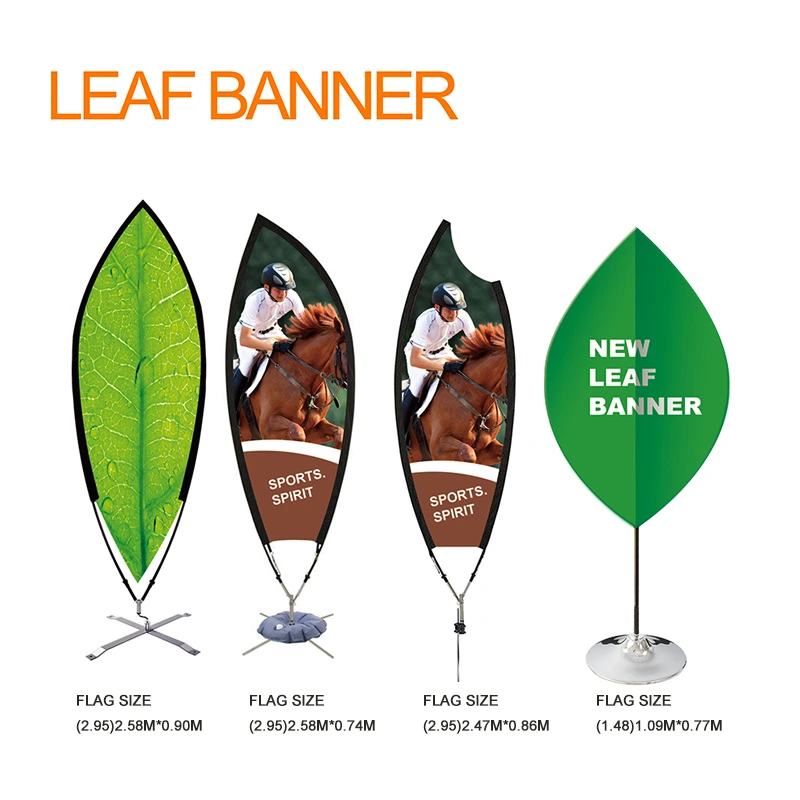
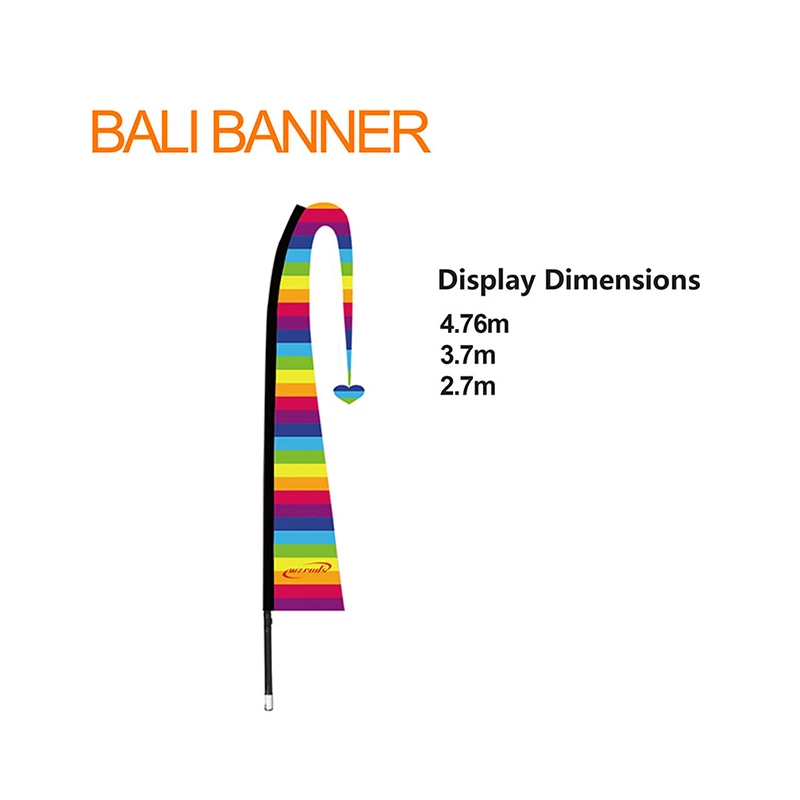
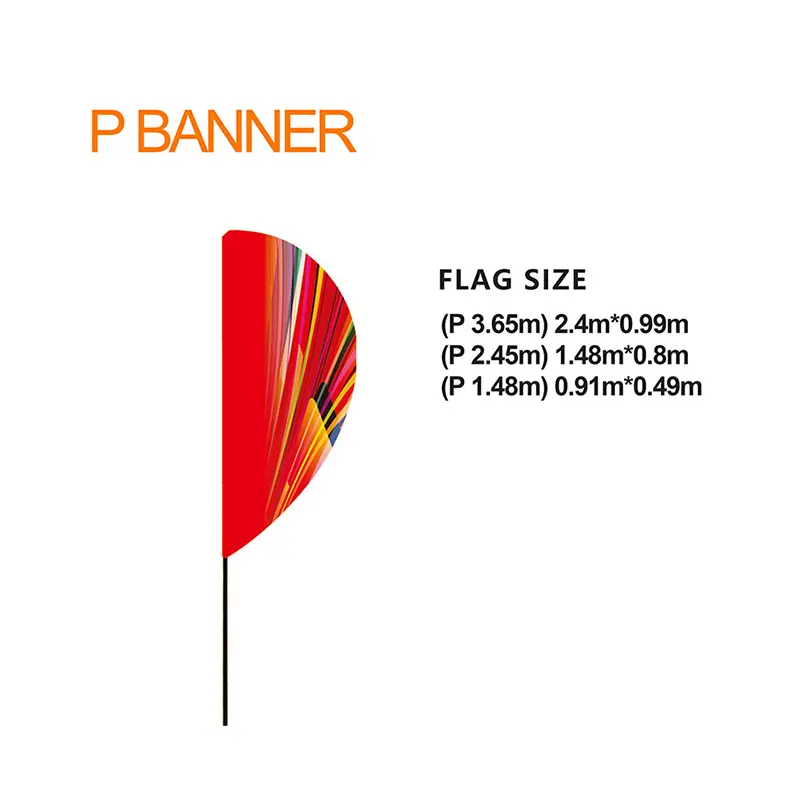
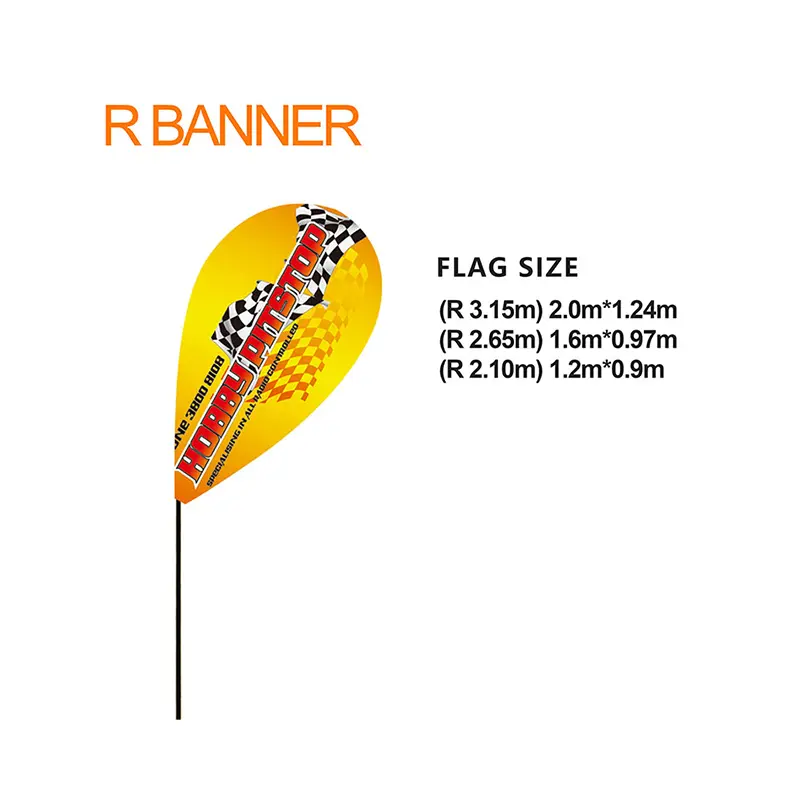
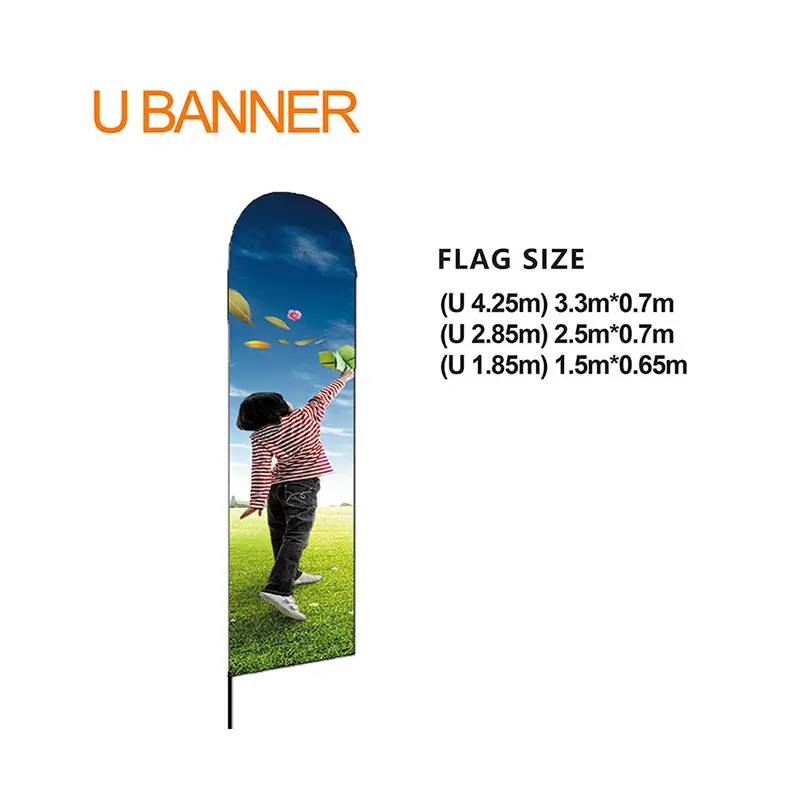
Choosing the Right Flag Pole
Selecting the right flag pole is crucial for ensuring your flag is displayed properly. The choice depends on the location, type of flag, and conditions where it will be displayed. An appropriately chosen flag pole not only supports the flag but also complements its aesthetic, enhancing the overall presentation.
Material
Flag poles are made from different materials, including:
- Aluminum
- Fiberglass
- Wood
- Carbon composite fiber (Carbon Fiber Reinforced Polymer)
Each material offers distinct benefits and can be selected based on specific needs and preferences.
Aluminum poles are lightweight and resistant to corrosion, making them ideal for most conditions.
Fiberglass poles are strong and flexible, often used in high-wind areas.
Wooden poles provide a classic look but require more maintenance.
Carbon composite fiber poles:
- Boast an exceptional strength-to-weight ratio, offering extreme lightweightness and remarkable durability.
- Are particularly suitable for professional applications demanding ultimate portability and high performance, or for use in severe and extreme environments.
- Compared to other materials, demonstrate superior wind resistance and long-term stability under demanding conditions.
- Are an ideal choice for professional users and high-demand scenarios.
Aluminum poles are favored for their durability and low maintenance, making them a popular choice for both residential and commercial applications.
Fiberglass poles, with their flexibility and strength, are well-suited for environments with high wind exposure, ensuring the flag remains unfurled and visible.
Wooden poles, while aesthetically pleasing, require regular upkeep to maintain their appearance and integrity, making them a choice for those seeking a traditional look.
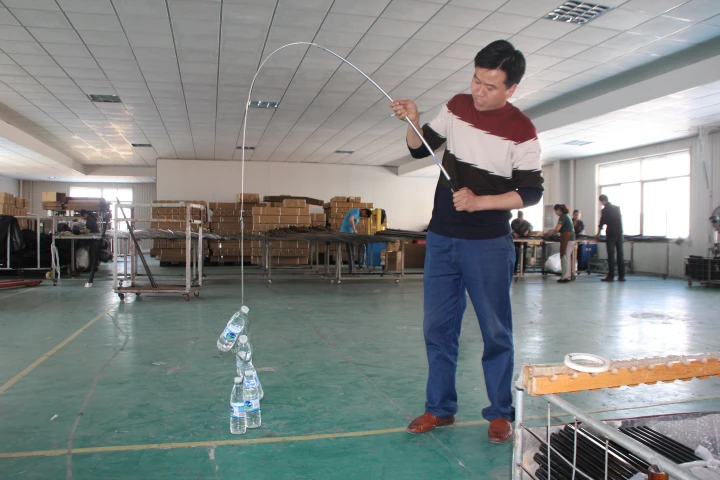

Height
The height of your flag pole should be proportional to the size of the flag and the location. For residential areas, a 15-25 foot pole is typical. Commercial areas may require taller poles to ensure visibility. The height of the pole not only affects the visibility of the flag but also its overall impact on the surrounding environment.
When selecting a flag pole height, consider the surrounding landscape and any potential obstructions that might block the view of the flag. A taller pole may be necessary in areas with trees or buildings, while a shorter pole may be sufficient in open spaces. The goal is to ensure the flag is prominently displayed and easily visible to its intended audience.
Installation
Flag poles can be installed in-ground or mounted on a wall or building. In-ground poles offer stability and are common for permanent displays. Wall-mounted poles are suitable for smaller flags and temporary displays. The method of installation should be chosen based on the intended use and location, ensuring the flag is secure and prominently displayed.
In-ground installations are ideal for larger flags and more permanent displays, providing a sturdy and reliable base. Wall-mounted poles are convenient for smaller flags and spaces where an in-ground installation is not feasible. Regardless of the method chosen, proper installation is crucial to ensure the flag is displayed safely and effectively, withstanding environmental conditions.
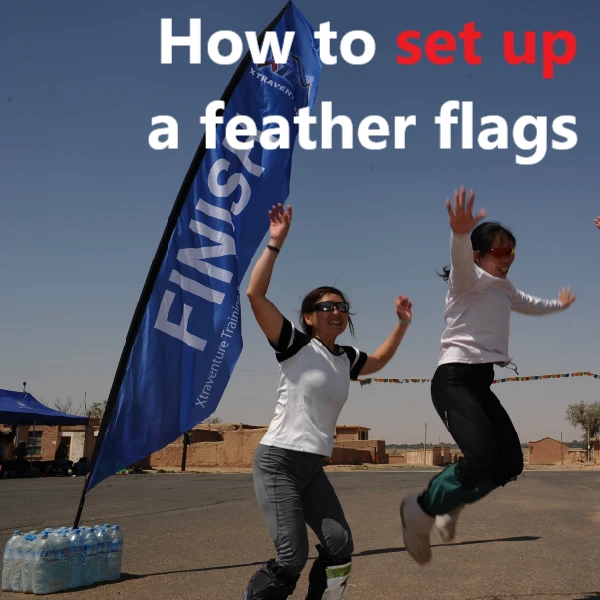
Maintenance and Care of Flags
To ensure the longevity of your flags, regular maintenance is essential. Proper care not only preserves the flag's appearance but also extends its lifespan, allowing it to continue serving as a meaningful symbol.
Cleaning
Most flags can be machine washed on a gentle cycle. For flags made from delicate materials, hand washing is recommended. Always air dry flags to prevent damage. Regular cleaning helps maintain the flag's vibrant colors and prevents dirt and grime from causing wear over time.
In addition to routine cleaning, it is important to inspect flags regularly for signs of dirt, stains, or damage. Prompt cleaning and care can prevent minor issues from becoming significant problems, ensuring the flag remains a proud and pristine display. Following manufacturer guidelines for cleaning is essential to maintain the flag's quality and appearance.
Repair
Minor tears or fraying can often be repaired with sewing. However, if a flag is significantly damaged, it should be replaced. Prompt repair of minor issues can prevent further damage and extend the flag's usability.
For flags that are beyond repair, proper disposal is essential to ensure they are retired respectfully. Many communities offer flag disposal services or ceremonies, ensuring that worn flags are treated with the dignity they deserve. Maintaining a schedule for regular inspection and repair can prolong the life of a flag and keep it looking its best.
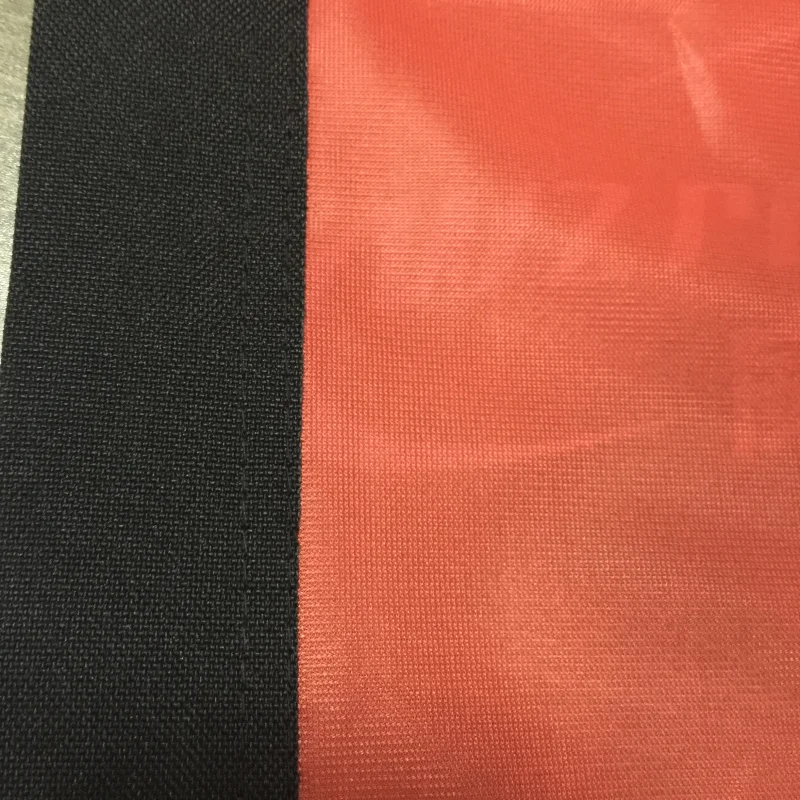

Storage
When not in use, flags should be folded properly and stored in a dry, cool place. This prevents fading and damage from moisture. Proper storage ensures that the flag remains in good condition and ready for display when needed.
Taking care to fold flags neatly and store them in a protective environment prevents creasing and damage. It is advisable to store flags in a manner that allows for air circulation, reducing the risk of mold or mildew. Proper storage is a key component of flag maintenance, ensuring the flag remains a vibrant and meaningful symbol for years to come.
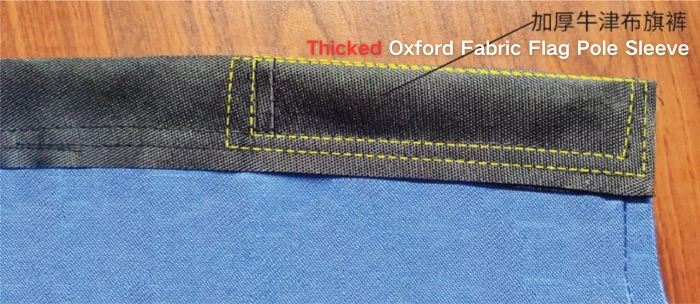
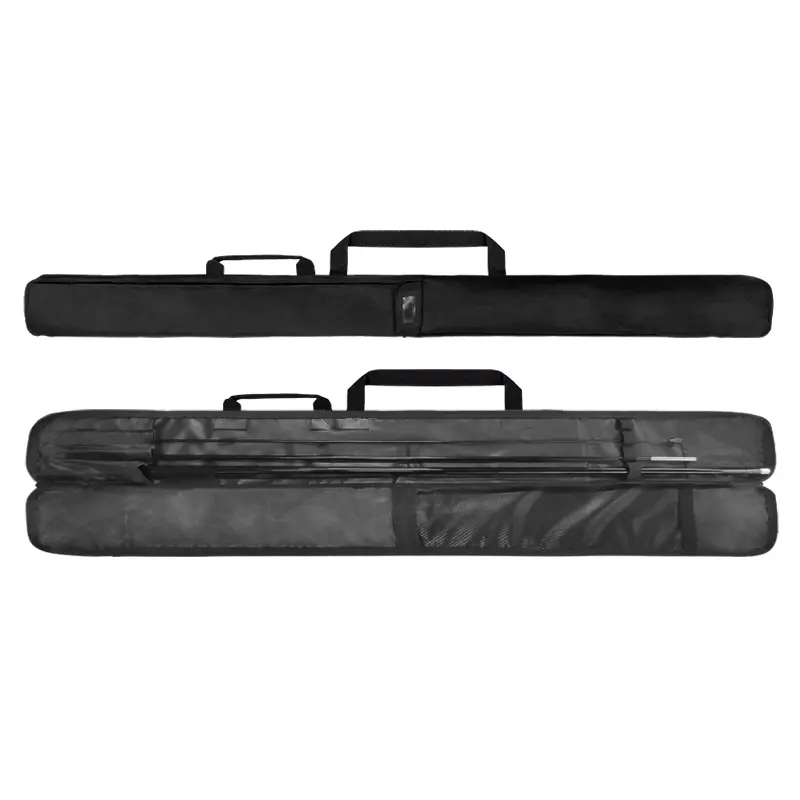
Conclusion
Flags and banners are more than just pieces of fabric; they are symbols of identity, pride, and purpose. Whether you're flying a national flag, promoting a business, or celebrating an event, understanding the different types of flags, proper etiquette, and maintenance ensures that your flags are always flying high and looking their best. By following these guidelines, you ensure that your flags serve as effective and respectful representations of the values and messages they are intended to convey.
Choosing the right flag pole, adhering to flag etiquette, and taking care of your flags will guarantee that they continue to make a statement for years to come. Remember, a well-displayed flag is a mark of respect and pride for any individual or organization. Whether you are celebrating a national holiday, promoting a brand, or marking a personal milestone, flags have the power to unite and inspire, making them enduring symbols of connection and community.

